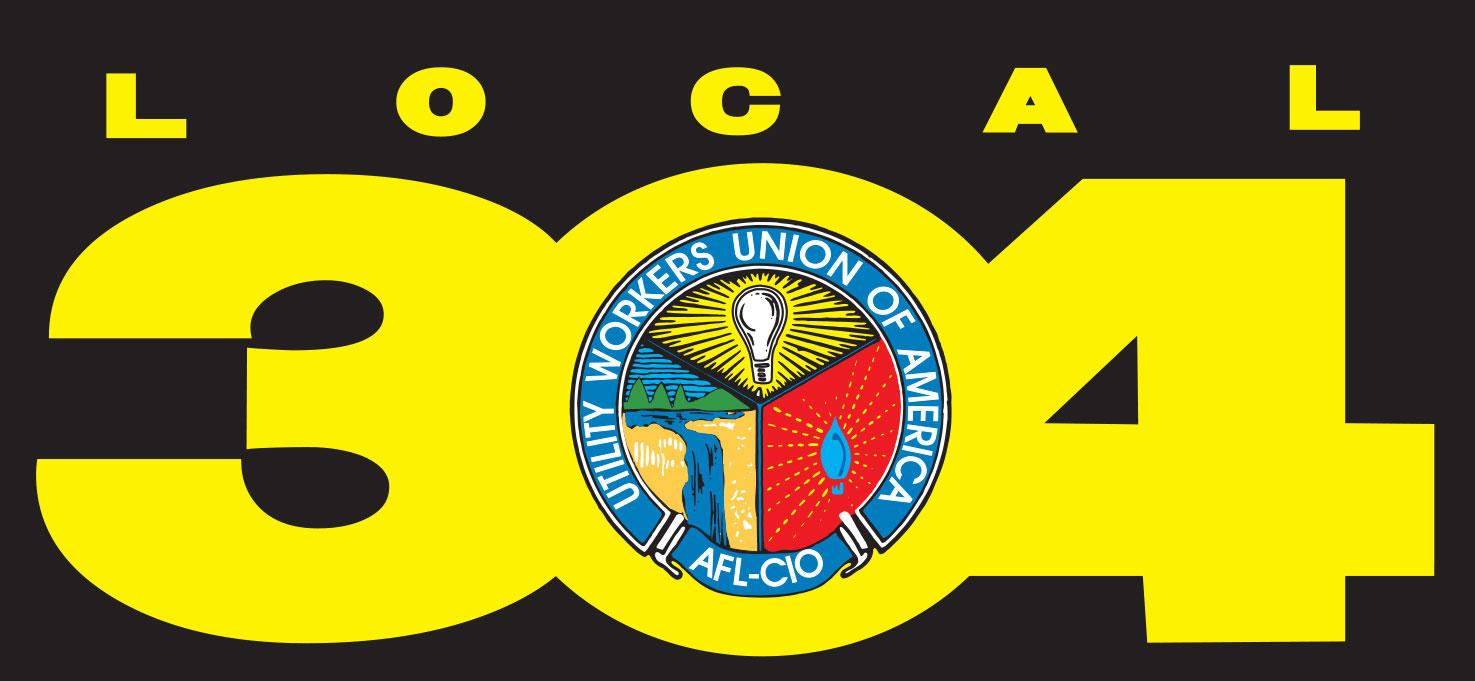We Love Our Teachers!
” We are living history,” was the sentiment of Greg Phillips, Harrison County Education Association Vice-President at our last union meeting. He’s certainly qualified to male that call, being a history teacher at Robert C. Byrd High School, as well as holding a Masters Degree.
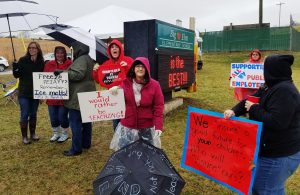
Greg came to our meeting to lay out the facts that have West Virginia Public State Workers up in arms. Lack of meaningful raises, loss of seniority protections, and changes to PEIA that will send health insurance premiums into the stratosphere, and possibly out of reach for many teachers. He lamented the fact that while West Virginia teachers are unionized, many other of our Public Employees aren’t. Without a union in place, all employers are “employees at will”, meaning they can be fired without cause and very little legal protection. Like all union members, it’s up to them to stand and fight for those who don’t dare stand or fight for themselves. They include the State Police, Department of Highways, Corrections Officers, Department of Health and Human Resources, Child Protective Services, as well as many other public employees.
How bad is the teacher situation in our state?
Teacher pay in West Virginia ranks 48th in comparison to other states (inversely, our PART TIME State Legislature’s pay ranks 5th in the nation compared to other states).
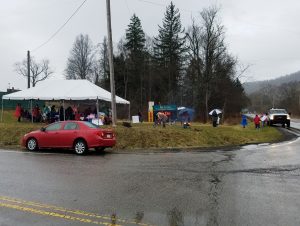
There are over 700 open teaching positions in West Virginia Public Schools.
Last year, WVU and Marshall graduated over 1500 teachers, and only about 400 stayed in this state. Others went to neighboring states where they can earn 20K-30K more for doing the same job.
80% of all West Virginians live within 2 hours of a state border (Maryland, Virginia, Kentucky, Ohio, and Pennsylvania).
The National Education Association and American Federation of Teachers have, for the FIRST TIME, united under one banner in this fight!
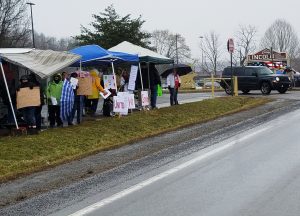
One big difference in the job of teaching as compared to other professions, the people who elect to become teachers feel a calling to that work. It’s common to hear such things like that when it comes to the clergy or medical professions, but often overlooked when it comes to teaching. The people who teach don’t do it for the money. Offsetting the mediocre pay was the fact that teachers have enjoyed good health insurance and a collegial working environment.
PEIA introduced something called “Go 365”. It’s a wellness program component added to PEIA, much like our own Health and Wellness program. Unlike our program, which is incentive based, PEIA’s is a penalizing program. What this means is that if you do not participate, you will be penalized with higher health insurance premiums. As an example of how intrusive and unreasonable this is, Go 356 requires teachers to sign up at a gym or fitness center, BUT, it must be an “approved” site. One teacher learned that his closest eligible fitness center was over three hours away!
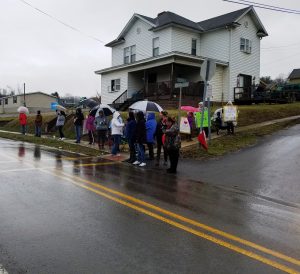
Teachers are so important to our society. Just last week, three teachers gave their lives in the Florida school shooting protecting students. Other teachers do less heralded, but equally heroic things to protect children. Teachers are another major part of our nation’s social safety net. They do so much more than just teach. They monitor, counsel, and even worry about their students, much like surrogate parents. In some cases, teachers may be one of the few positive examples of adult authority figures in some kids lives. There are personal costs, even after the financial ones teachers encounter when they spend their own money for classroom supplies. There are horror stories that teachers carry with them long after the student moves on, worthy of any battlefield action that causes PTSD in many of our country’s vets. These are offset by other stories of a child who succeeds against all the odds stacked against them to become a very wonderful and special person.
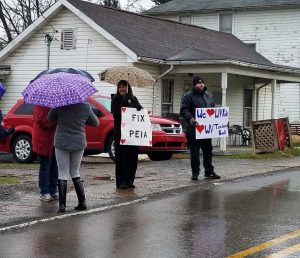
Unions too often are equated with politics. This is especially true for public sector unions when a political majority takes control that has an anti-worker philosophy. In this, it’s public sector unions who are usually the first to sound the alarm when they start seeing union-busting and worker punishing legislation being offered in statehouses all over the country. It’s no wonder that unions find themselves in the crosshairs of those who use their elected positions to benefit themselves and their cronies.
Teachers fall into that unique category of public sector jobs that are being demonized by some lawmakers and their stealth PACS ( along with police, firefighters, postal employees, and many other groups). These folks would have YOU to believe that public schools are an antique anachronism left over by the previous century and teachers are in the business of indoctrinating your kids in all things evil in the world and brainwashing them into accepting that’s the way it should be. They want you to see teachers as an enemy, and the campaign against them has intensified by some claiming teachers don’t care about parents having to make sitting arrangements or children being without school provided meals. What’s NOT being talked about is the work teachers have done, working through churches and other civic organizations, to provide meals and childcare during the walkout.
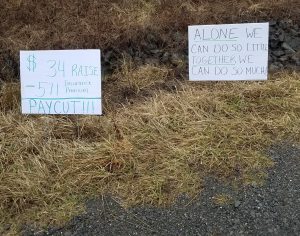
Of course, parents that are dedicated and engaged in their children’s education know better. To them, teachers are partners and assets in building their kids into well rounded adults. Teachers are also union members, and they would much rather be in the classroom than on the picket line!
There’s a reason why unions are called “locals”. That’s because the membership is made up of your friends, family, and neighbors. It takes a breakdown of community for these folks to quit talking to each other, opening the door for them to fall prey to the decisiveness of special interests propaganda designed to divide us in every possible way.
A good example is what recently happened to Oprah (yes, that Oprah) when her name was half-heartedly floated as a possible 2018 challenger of President Trump. Not very long afterward, you could see memes being floated attacking Oprah Winfrey on every conceivable level. Oprah has never acknowledged, much less announced that she has any interest in being the President of the United States.
Bottom line is that West Virginia’s entire future starts with our being able to attract and keep the best, brightest, and qualified teachers. To do this, teachers need a decent wage, good health insurance, and protections and respect for their seniority earned over years of educating students. The enemies of teachers are pushing for Charter schools, or a voucher program .This is the privatization of education into private, for profit, hands. This turns education into a pay to play scheme designed to funnel tax money out of public schools and directly in the hands of privateers. The winners are the Charter school owners and the rich kids who can afford the tuition. The losers are the teachers, the poor kids, the special needs kids, and disabled kids, whom the charter schools do not have to accept.
This is why we MUST support our teachers in this epic struggle.Even the cold wet weather could dampen the fire of our local teachers. There were horn blasts, shouts of encouragement, and a general outpouring of support as they waved signs and cheered in the rain. The struggle they are in is for the benefit of all West Virginians, and as for those who work against West Virginia’s workers; WE WILL REMEMBER IN NOVEMBER!
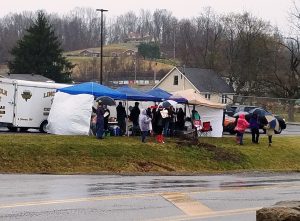
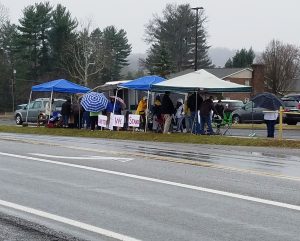
States With Stronger Unions Have Stronger Middle Class
“This material [article] was published by the Center for American Progress Action” (Click to go to their site)
By David Madland and Nick Bunker |
New Census Bureau data on state incomes released yesterday show just how important unions are to creating a strong middle class. An update to an analysis in our April 2011 report, “How Unions Make the Middle Class,” finds that a 10-percentage-point increase in the unionization rate would boost the average annual income for middle-class households—unionized or not—by $1,501 a year. Ensuring the United States has a strong middle class is critical, as the middle class is the engine of economic growth.
Unions strengthen the middle class by advocating for workers both in the workplace and in our democracy. Organized labor not only fights for higher wages and better benefits at work but it also makes democracy work for the middle class and advocates for policies that boost the middle class as a whole. As the new Census data make clear, stronger unions create a strong middle class not only at the national level but at the state level, as well.
In 2011, for example, the five states with the lowest unionization rates—North Carolina, South Carolina, Georgia, Arkansas, and Louisiana—all had middle classes with below-average strength, with strength defined as the share of income going to the middle 60 percent of households. Four out of the five states with the highest unionization rates—Alaska, Hawaii, Washington, and Michigan—all had middle classes with above-average strength.
The chart below shows the state-by-state impact of increasing unionization rates by 10 percentage points, returning them roughly to their 1980s levels. All middle-class households would feel the effects of this benefit, whether they have union members or not. These figures are based on a regression analysis that looks at how unionization rates affect the share of income going to the middle class, while taking into account other important factors such as education levels, unemployment, the income level of a state, and industry employment mix.
The boost from increased unionization is roughly equivalent to the $1,664-per-household boost from increasing college attainment rates by 10 percentage points. Improving educational outcomes and increasing access to higher education are correctly pointed out as important steps for bolstering the middle class, but, as our numbers show, we should not underestimate the importance of unions.
The American middle class has weakened over the past several decades and now receives the lowest share of income it ever has—45.7 percent—since the data were first collected in 1967. We can begin to rebuild our middle class, however, starting with these 35 policies. As our analysis shows, strengthening organized labor is one of the most important first steps.
David Madland is the Director of the American Worker Project at the Center for American Progress Action Fund. Nick Bunker is a Research Assistant with the Action Fund.
